Tag: laser scanning
-
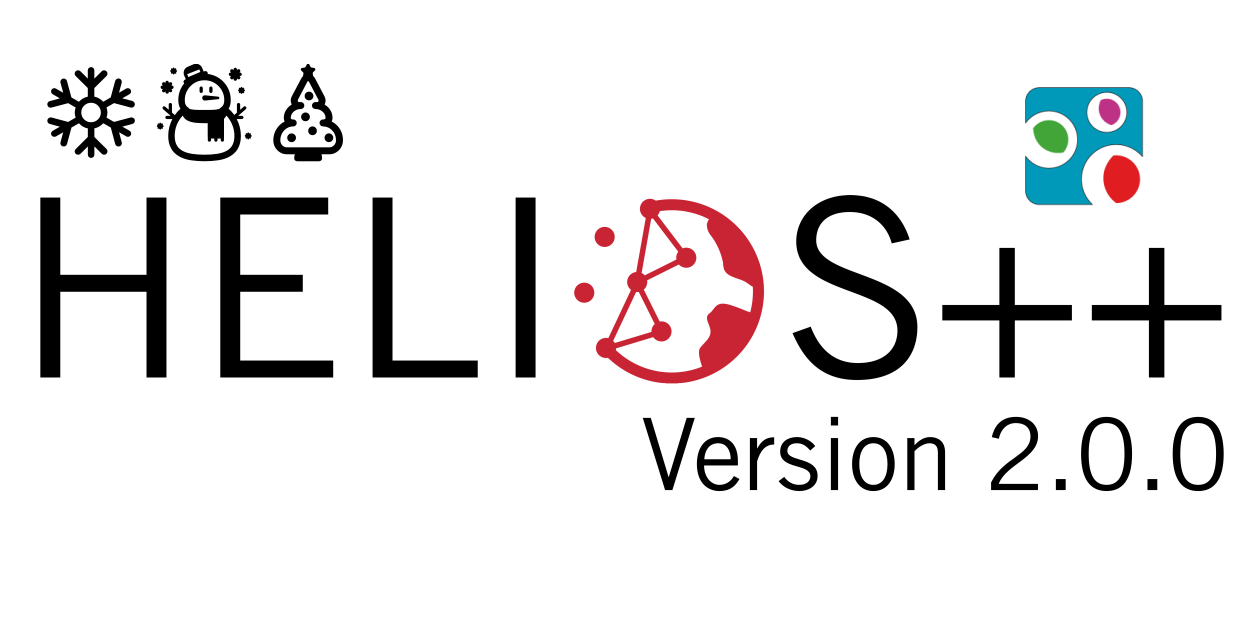
Major HELIOS++ Release: v2.0.0
We are happy to release a new major version of HELIOS++: https://github.com/3dgeo-heidelberg/helios/releases What’s new in this release? Installation The new way to install HELIOS++ is via the conda or mamba package managers. We recommend mamba or micromamba. After creating a dedicated Python environment for your HELIOS++ project and activating it, run: mamba install helios or…
-

Deep learning with simulated laser scanning data for 3D point cloud classification
Esmorís, A.M., Weiser, H., Winiwarter, L., Cabaleiro, J.C. & Höfle, B. (2024): Deep learning with simulated laser scanning data for 3D point cloud classification. ISPRS Journal of Photogrammetry and Remote Sensing. Vol. 215, pp. 192-213. DOI: 10.1016/j.isprsjprs.2024.06.018 3D point clouds acquired by laser scanning are invaluable for the analysis of geographic phenomena. To extract information…
-
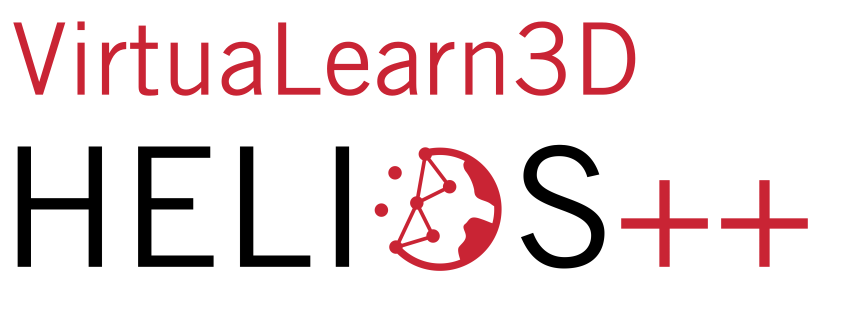
VirtuaLearn3D: New Preprint
We have published a preprint of our recent work in the VirtuaLearn3D project! Deep learning with simulated laser scanning data for 3D point cloud classification Esmorís, A.M., Weiser, H., Winiwarter, L., Cabaleiro, J.C. & Höfle, B. (2024) Laser scanning is an active remote sensing technique to acquire state-of-the-art spatial measurements in the form of 3D…
-
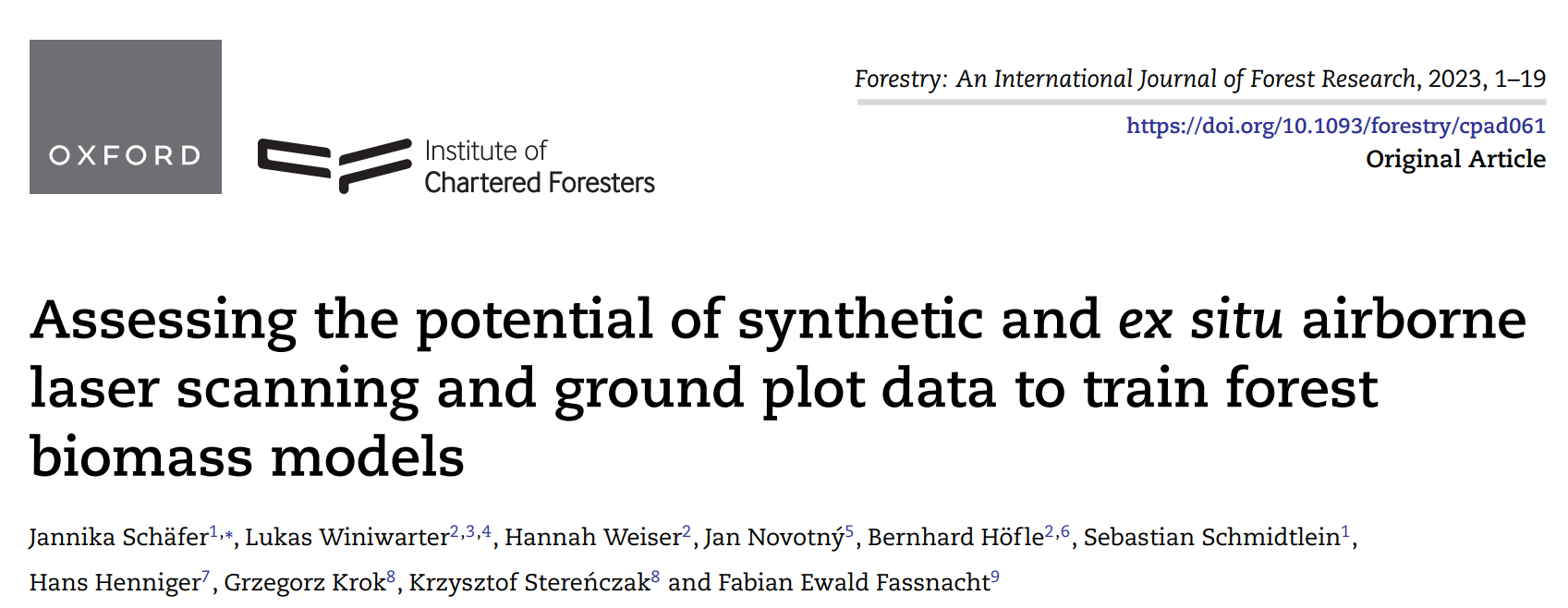
New paper on the potential of simulated laser scanning and field data to train forest biomass models
In great collaboration with colleagues from Karlsruhe (DE), Vienna (AT), Brno (CZ), Leipzig (DE), Raszyn (PL), and Berlin (DE), we published a paper investigating approaches to improve LiDAR-based biomass models when only limited sample plots with field data are available. The main work was carried out by PhD student Jannika Schäfer (IFGG, Karlsruhe Institute of…
-
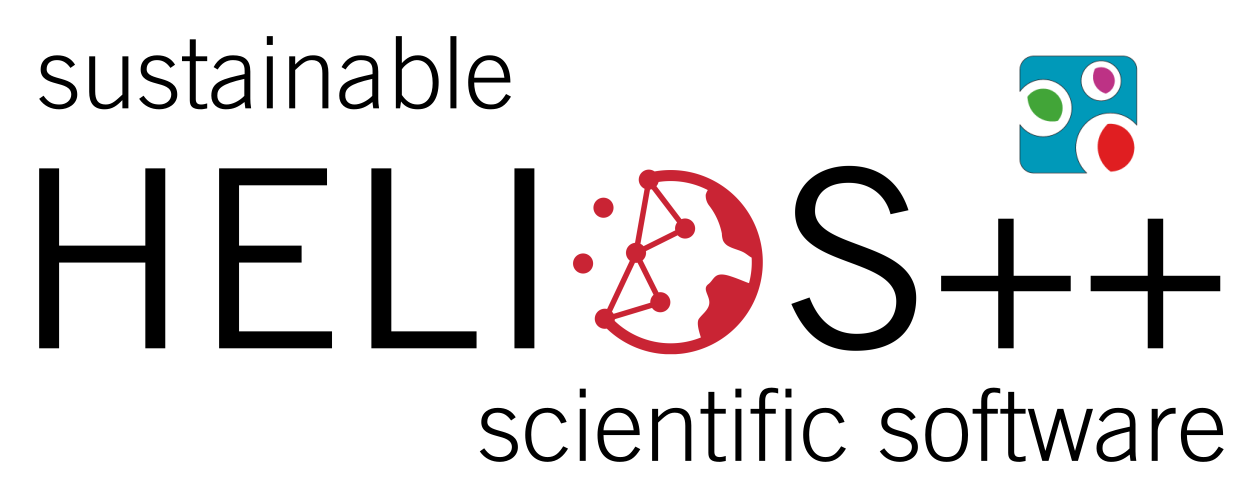
DFG Software Grant
Successful proposal: Fostering a community-driven and sustainable HELIOS++ scientific software The 3DGeo Group and the Scientific Software Center (SSC) of Heidelberg University have been successful with their proposal in the DFG call “Research Software – Quality assured and re-usable”, together with two other project proposals at Heidelberg University (see press release). The main objective of…
-
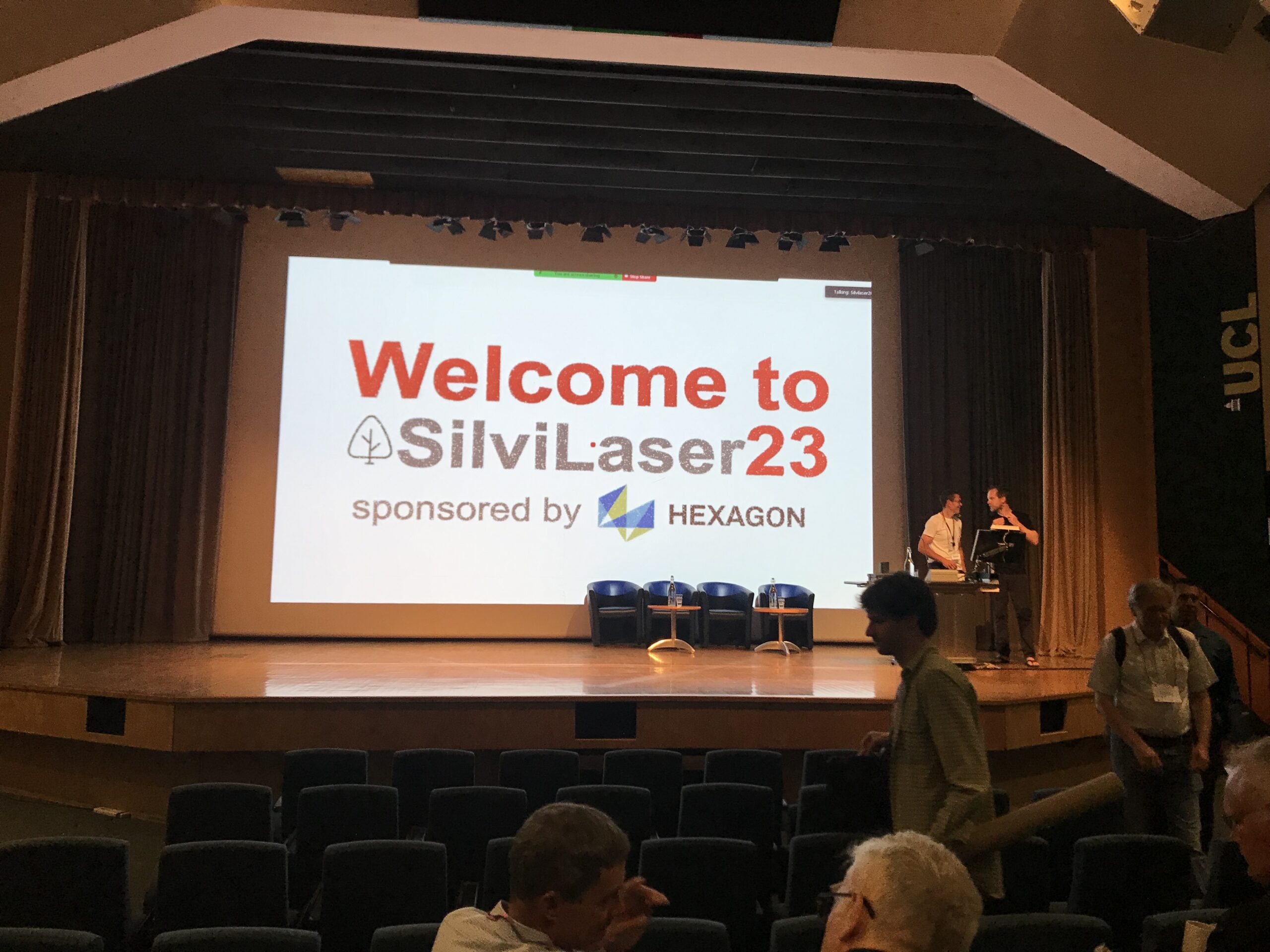
Impressions from Silvilaser 2023
Last week, our PhD student, Hannah Weiser, joined Silvilaser 2023 at University College London (UCL). The conference covers cutting-edge science and technology from the laser scanning and forest communities, which is a perfect match for Hannah’s PhD topic and 3DGeo research in general. The week started off with interesting workshops on Tuesday using some of…
-
Improved Performance of HELIOS++ using High Performance Computing Techniques
The software HELIOS++ simulates the laser scanning of a given virtual scene that can be composed of different spatial primitives and 3D meshes with distinct granularity. The high computational cost of this type of simulation software demands efficient computational solutions. Classical solutions based on GPU are not well suited when irregular geometries compose the scene…
-
Einführung in die Laserscanning-Simulationssoftware HELIOS++ bei der FOSSGIS Konferenz 2022
Vom 9. bis zum 12. März 2022 findet die jährliche FOSSGIS Konferenz statt, die führende Konferenz für Freie und Open Source Software für Geoinformationssysteme und Open Data im deutschsprachigen Raum. Im Themenbereich 3D und LiDAR wird die 3DGeo Gruppe mit Beiträgen zur Open Source Software HELIOS++ vertreten sein, die der Simulation von Laserscanning dient. Am Freitag,…
-
Open Data + Open Software – A perfect match
On 1st March 2021, the Swiss Federal Office of Topography (SwissTopo) released all official geodata according to the principles of “Open Government Data (OGD)”. With this step, Swisstopo is making large volumes of high quality geodata freely accessible. We are most excited about the 3D data, which includes digital surface models, digital terrain models and…
-
Disaggregating surface change mechanisms of a rock glacier
How can multiple processes related to the deformation of an active rock glacier operating over different timescales be separated from each other? A preprint on the disaggregation of surface change mechanisms of a rock glacier has recently been published on Earth Surface Dynamics Discussions, an interactive open access journal of the European Geosciences Union. It…
-
Impact of aquisition patterns on tree model estimation from UAV LiDAR
In close collaboration with the 3DGeo Research Group, Moritz Bruggisser of the Department of Geodesy and Geoinformation (RG Photogrammetry) presented his current research progress on the impact of acquisition patterns on the robustness and accuracy of tree models derived from UAV LiDAR for forest dynamic studies. His work fits well into the scope of the…
-
SYSSIFOSS project @ 2nd symposium on satellite-based earth observation in Cologne
On November 12-13, Jannika Schäfer from KIT presented the SYSSIFOSS project at the 2nd symposium on satellite-based earth obersvation (2. Symposium zur angewandten Satellitenerdbeoachtung) in Cologne. SYSSIFOSS is a joint project between the Institute of Geography and Geoecology (IFGG) of the Karlsruhe Institute of Technology (KIT) and the 3DGeo Research Group of Heidelberg University. In…


